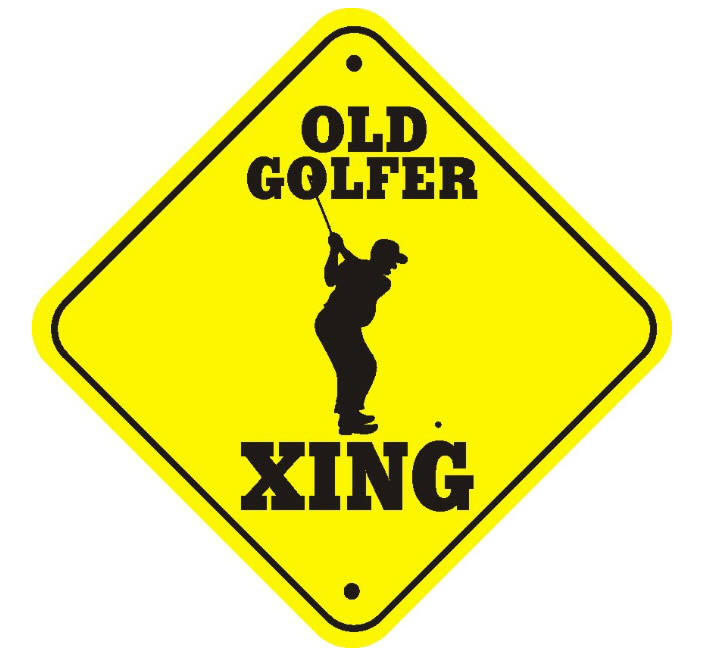-
Posts
315 -
Joined
-
Last visited
-
Days Won
1
CalBoomer last won the day on December 3 2013
CalBoomer had the most liked content!

The recent visitors block is disabled and is not being shown to other users.

CalBoomer replied to doublesuited77's topic in Instruction and Playing Tips
Tagged with:
Welcome to TST! Signing up is free, and you'll see fewer ads and can talk with fellow golf enthusiasts! By using TST, you agree to our Terms of Use, our Privacy Policy, and our Guidelines.

